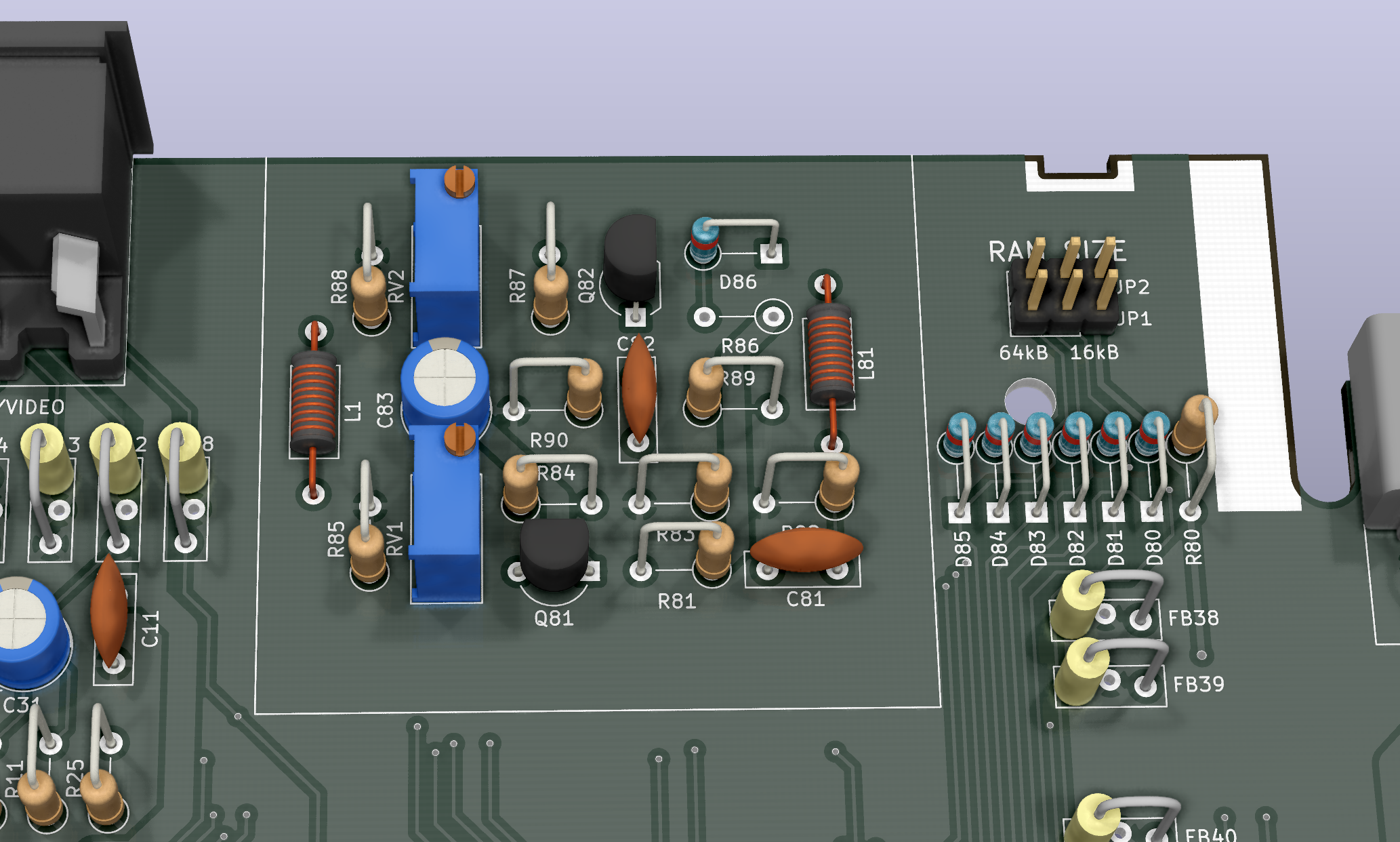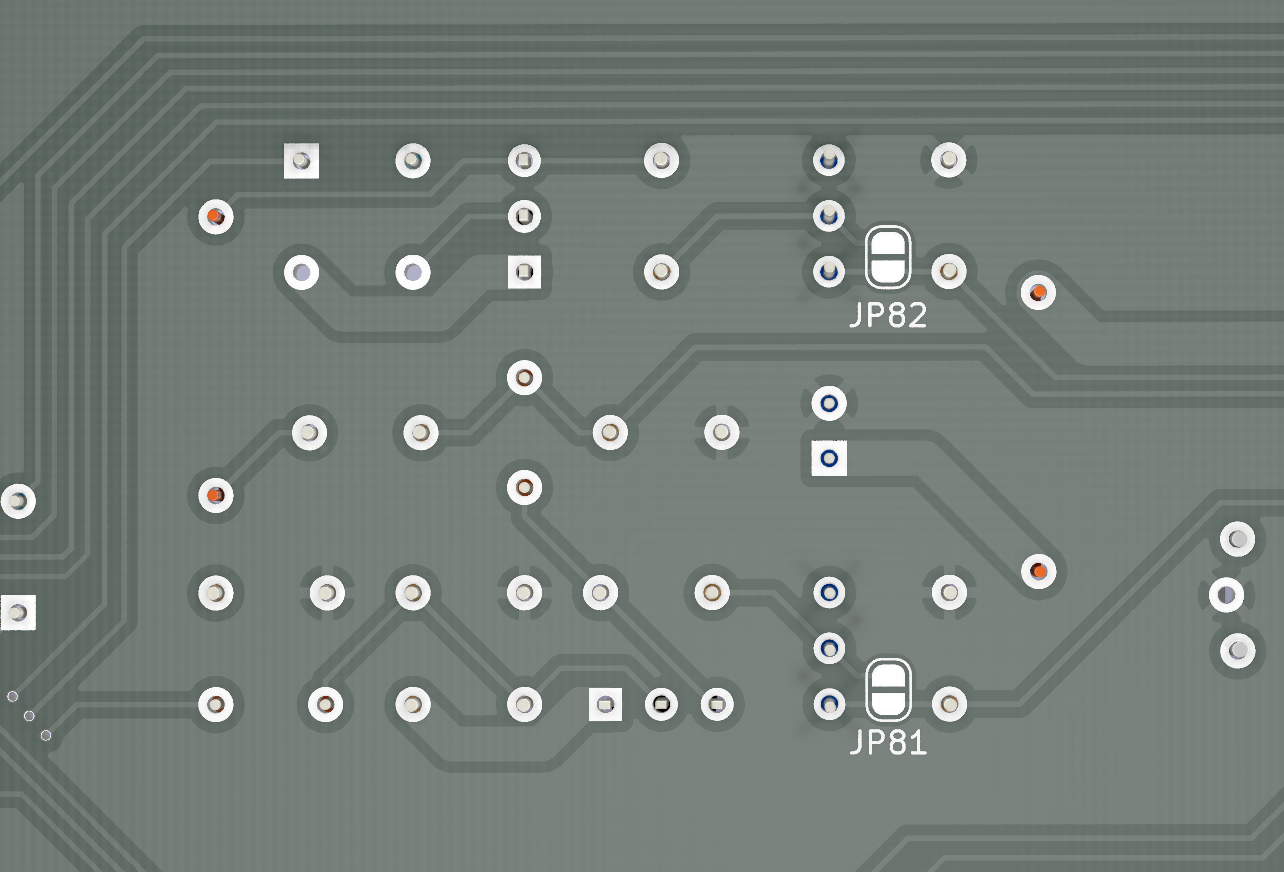While RF modulators were definitely useful in the '80s and '90s, today they are more like a milestone round your neck, even when talking retro stuff, as anyone serious would never use anything less than RGB video. Unfortunately, the C16 doesn't have that and we can do nothing about it until FPGATED is released. All we can do at the moment is resort to (almost-standard) separate Luma and Chroma signals (S-Video for friends) or to Composite Video as the worst-case-scenario.
Whatever is your choice, I'm sure you will be happy at my decision to get rid of the RF modulator altogether. Some people even think that it deteriorates the video quality when not is use, is that really possible? Let's have a look at the schematics:

As it turns out, the modulator is not only in charge of producing the RF signal, actually it also takes care of the buffering and amplification of the separate Luma and Chroma signals output by the TED, and it is also in charge of mixing them in order to create the Composite Video signal. If not done properly, the generation of the RF signal can definitely affect the other signals (and RF is always a mess), so the answer is definitely yes, that is possible. Although, while ditching the modulator now sounds like our best idea ever, it implies we will lose all of our video outputs.
That doesn't sound too good, does it? Luckily, some smart people have extracted the relevant parts from the schematics of the C64 modulator which somehow resulted in the c64-rf-modulator-replacement project. The C16 modulator is not exactly the same but it is not too different either: after an analysis of the schematics I became pretty confident that the same project could work on the C16 as well, possibly using components with different values here and there but without altering the basic circuit and so I embedded it into LittleSixteen. The circuit essentially occupies the same area as the original modulator:

What I like about this circuit is that those pots can be used to tweak the signals in order to reach the best quality on any display, since different displays might like (slightly) different signals. The pots can also be bypassed if you prefer leading a simple life, there are jumpers for that on the back of the board:

There are other modulator-replacement circuits out there that might even yield better quality, but I chose this one as I'd really like the first release of the improved board to only use through-hole components. We'll take those into consideration for the future versions of the board or if the current circuit does not work as expected.
 SukkoPera
SukkoPera
Discussions
Become a Hackaday.io Member
Create an account to leave a comment. Already have an account? Log In.